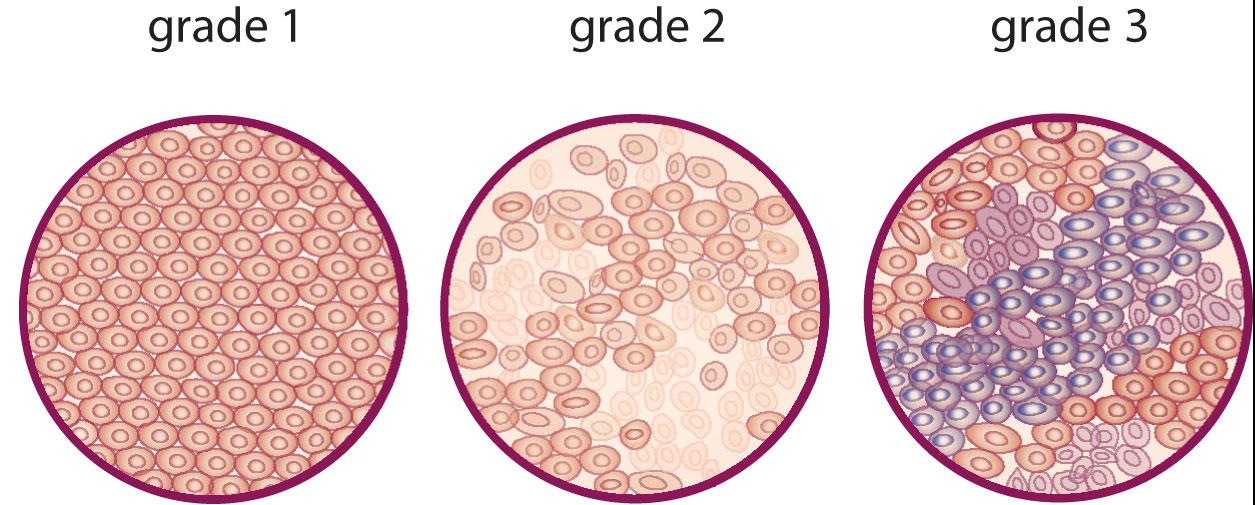Staging and grading NETs

What are the stages of NETs?
Staging means finding out how big the cancer is and if it has spread to other parts of your body. Staging will help your doctor to plan the best treatment for you.
The staging system normally with NETs is called TNM. This stands for:
- Tumour (T): The size of the tumour
- Node (N): Is there cancer in your lymph nodes?
- Metastasis (M): Has the cancer has spread to other parts of your body?
Your doctor often uses this information to give your cancer a number stage – from 1 to 4.

Staging can be hard to understand, so ask your doctor and nurse for more information if you need it. You can also call our Support Line on 1800 200 700.
How are neuroendocrine tumours graded?
Grading describes how quickly the cancer may grow and spread and how it might respond to treatment.
A special doctor called a pathologist looks at a tissue sample (biopsy) from the tumour under a microscope to see:
- How often the cells of the tumour are dividing (called the mitotic count)
- How much of a protein called Ki67 the cells make when they divide (Ki67 labelling index)
- The number of dead cells or tissues that are present (necrosis)
The pathologist gives the NET a grade from 1 to 3.
- Grade 1: The cells of the tumour are slow growing (low grade).
- Grade 2: The cells of the tumour are growing and dividing more quickly than normal cells (intermediate grade).
- Grade 3: The cells of the tumour are growing quickly. These tumours are more likely to spread than grade 1 and grade 2 tumours.

Knowing the stage and grade helps your healthcare team plan your treatment.
For more information
Phone
1800 200 700


